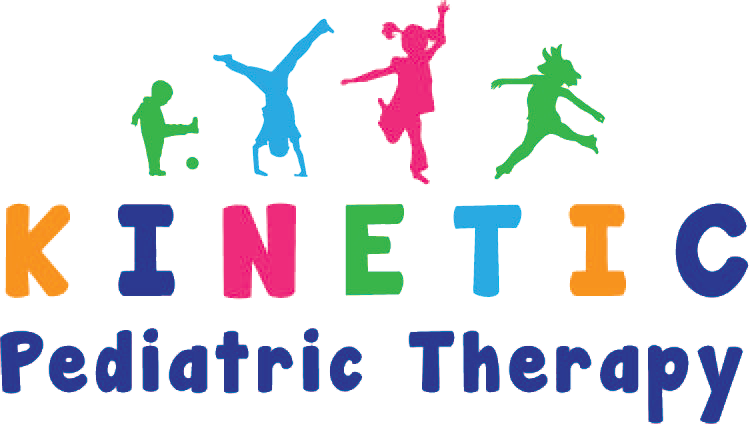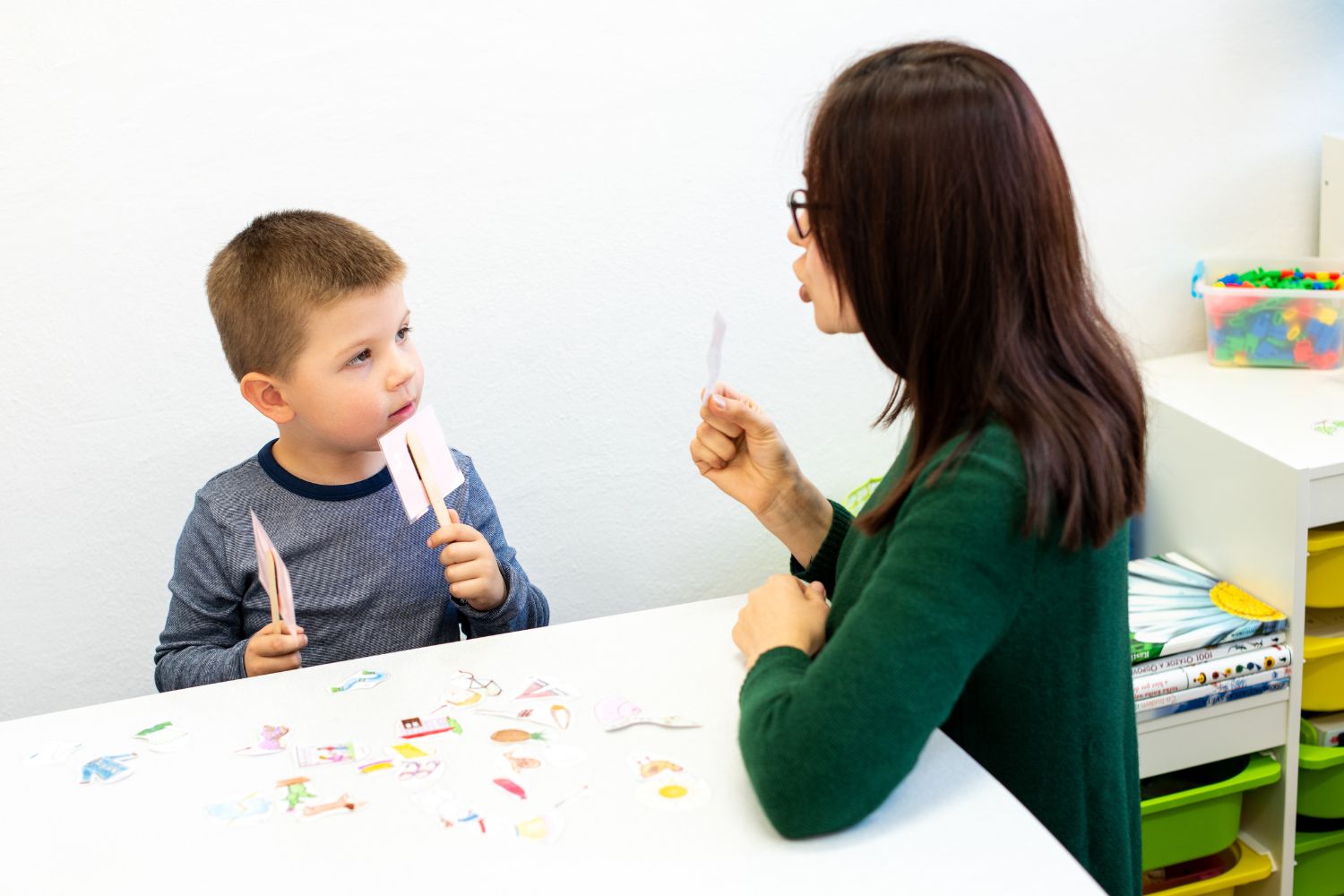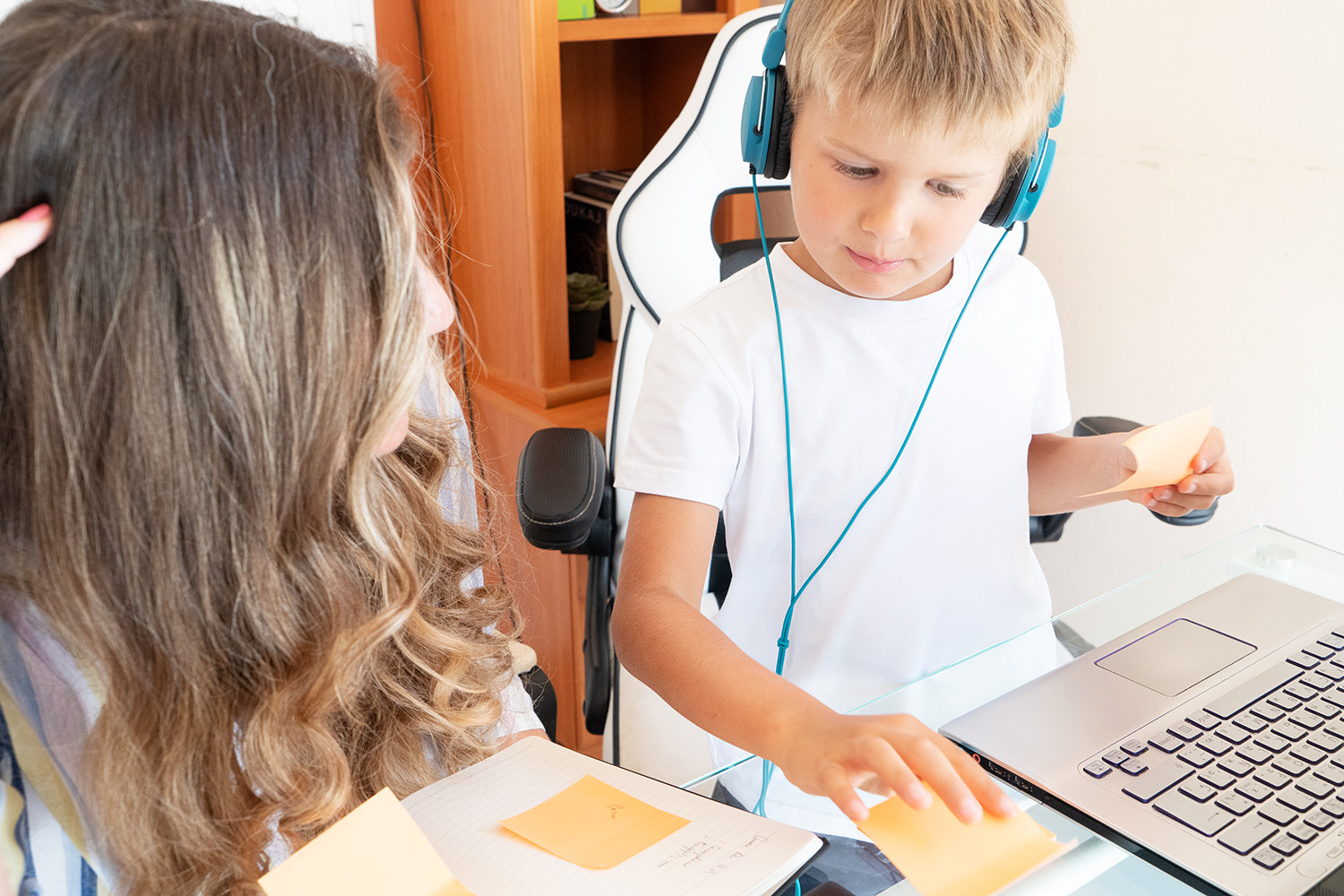
Managing Speech Therapy Sessions for Children with ADHD: Strategies and Tools
Children with Attention Deficit Hyperactivity Disorder (ADHD) often face unique challenges when it comes to speech therapy sessions. Their difficulty in maintaining attention, impulsivity, and hyperactivity can make traditional therapy methods less effective. As a result, speech therapists must adapt their techniques to meet the needs of these children. In this blog post, we will explore strategies and tools that can help manage speech therapy sessions for children with ADHD, ensuring they receive the support they need to thrive.
Understanding the Challenges of Speech Therapy Sessions for Children with ADHD
Before diving into specific strategies and tools that help in managing speech therapy sessions for children with ADHD, it’s important to understand the challenges that children with ADHD face in speech therapy sessions. These challenges can include:
Short Attention Span: Children with ADHD may struggle to focus on tasks for extended periods, making it difficult to engage in traditional speech therapy activities.
Impulsivity: Impulsive behavior can lead to interruptions during sessions, making it hard to maintain a structured therapy plan.
Hyperactivity: Constant movement and restlessness can be distracting and may disrupt the flow of therapy sessions.
Strategies for Managing Speech Therapy Sessions
- Create a Structured Environment
Creating a structured environment is crucial for children with ADHD. Clear expectations and consistent routines help them understand what is expected and reduce anxiety. Here are some tips to create a structured environment:
Set Clear Goals: Begin each session by outlining the goals and activities. Use visual aids, such as charts or pictures, to make these goals clear and tangible.
Establish a Routine: Consistency is key. Start each session with a familiar routine to help the child feel secure and understand the flow of the therapy.
Use Visual Schedules: Visual schedules can help children with ADHD anticipate what comes next and reduce transitions’ anxiety.
- Incorporate Movement Breaks
Given the hyperactivity associated with ADHD, incorporating movement breaks into therapy sessions can be highly beneficial. These breaks can help children release excess energy and improve focus when they return to tasks. Consider the following:
Short, Frequent Breaks: Plan for short, frequent breaks during the session. These breaks can be as simple as standing up and stretching or doing a quick physical activity.
Incorporate Movement into Activities: Use activities that involve movement, such as scavenger hunts for speech sounds or actions paired with words, to keep children engaged.
- Use Multi-Sensory Techniques
Children with ADHD often benefit from multi-sensory learning experiences. Engaging multiple senses can help reinforce speech therapy concepts and maintain attention. Here are some ideas:
Visual Aids: Use pictures, flashcards, and videos to support verbal instructions and keep the child engaged.
Hands-On Activities: Incorporate hands-on activities, such as using playdough to form letters or words, to make learning more interactive.
Auditory Feedback: Provide auditory feedback through recordings or apps that allow children to hear and correct their speech.
- Implement Positive Reinforcement
Positive reinforcement can be a powerful tool in managing speech therapy sessions for children with ADHD. Reinforcing desired behaviors helps motivate children and encourages them to stay on task. Consider the following strategies:
Immediate Praise: Offer immediate praise and rewards for positive behavior and task completion. This can be verbal praise, stickers, or small treats.
Token Systems: Implement a token system where children earn tokens for completing tasks or exhibiting positive behavior. These tokens can be exchanged for a preferred activity or reward.
Behavior Charts: Use behavior charts to track progress and provide visual reinforcement of achievements.
- Tailor Activities to Individual Interests
Children with ADHD are more likely to stay engaged if the activities align with their interests. Tailoring therapy sessions to incorporate a child’s hobbies or favorite topics can make learning more enjoyable and effective. Here are some tips:
Incorporate Interests: If a child loves animals, use animal-themed activities to practice speech sounds or language skills.
Interactive Games: Use interactive games that align with the child’s interests to keep them engaged and motivated.
Personalized Materials: Create personalized materials, such as custom flashcards or storybooks, that incorporate the child’s interests.
Tools for Speech Therapy with Children with ADHD
- Visual Timers
Visual timers can help children with ADHD understand the passage of time and stay on task. These timers provide a visual representation of how much time is left for an activity, reducing anxiety and improving focus.
- Speech Therapy Apps
Numerous speech therapy apps are designed to engage children with interactive activities and games. These apps can be used to practice speech sounds, language skills, and more in a fun and engaging way.
- Fidget Tools
Fidget tools, such as stress balls or fidget spinners, can help children with ADHD manage their restlessness and improve focus. These tools provide a physical outlet for excess energy without disrupting the therapy session.
- Interactive Whiteboards
Interactive whiteboards allow therapists to incorporate multimedia elements into sessions. They can be used to display visual aids, play videos, and engage children in interactive activities.
- Reward Systems
Implementing a reward system, such as a token board or sticker chart, can help reinforce positive behavior and task completion. These systems provide tangible incentives for children to stay on task and work towards their goals.
Managing speech therapy sessions for children with ADHD requires a combination of structured environments, movement breaks, multi-sensory techniques, positive reinforcement, and individualized activities. By understanding the unique challenges these children face and incorporating effective strategies and tools, speech therapists can create engaging and productive sessions that support the child’s speech and language development. With the right approach, children with ADHD can thrive in speech therapy and make significant progress towards their communication goals.
Please Share




